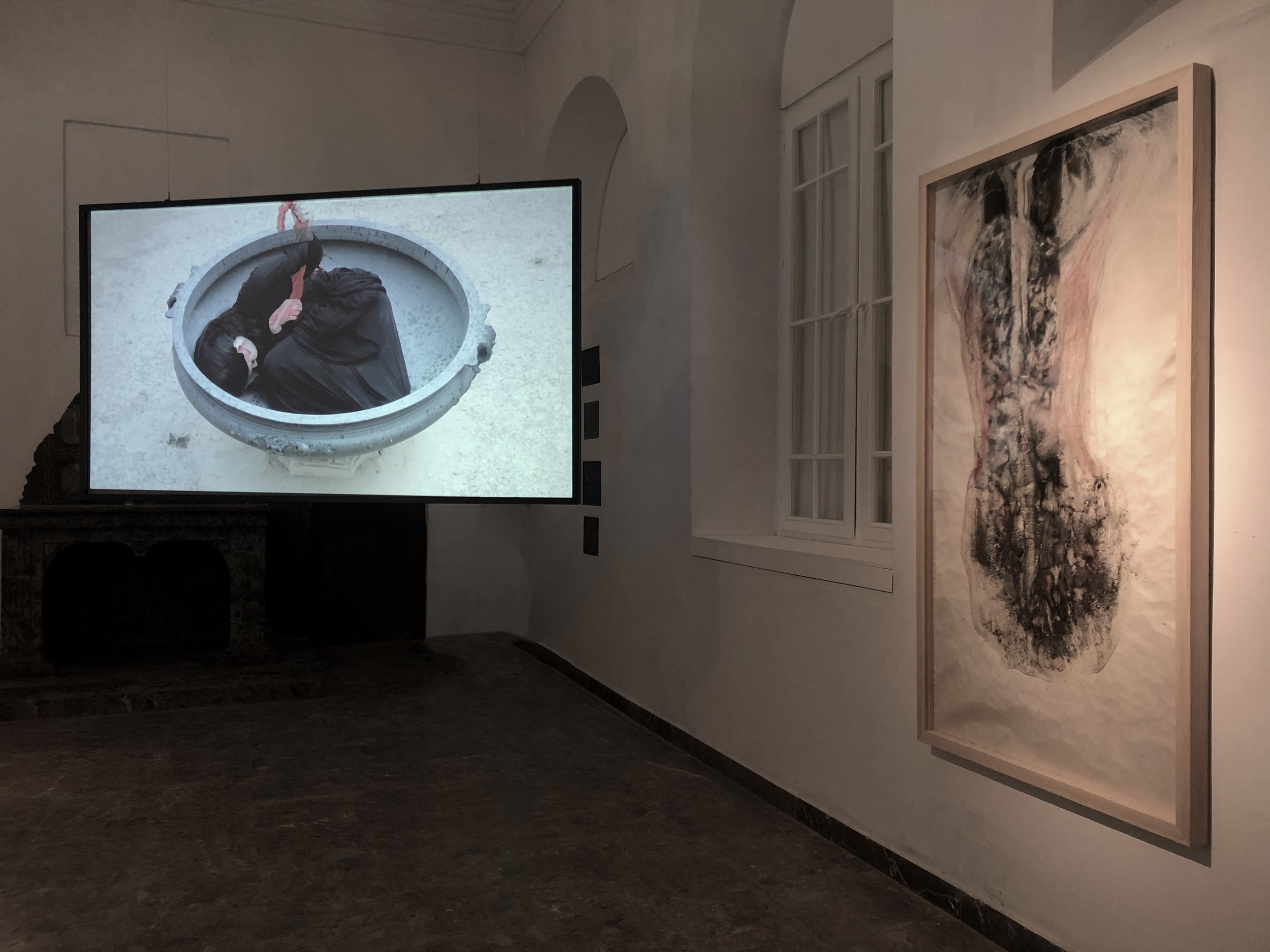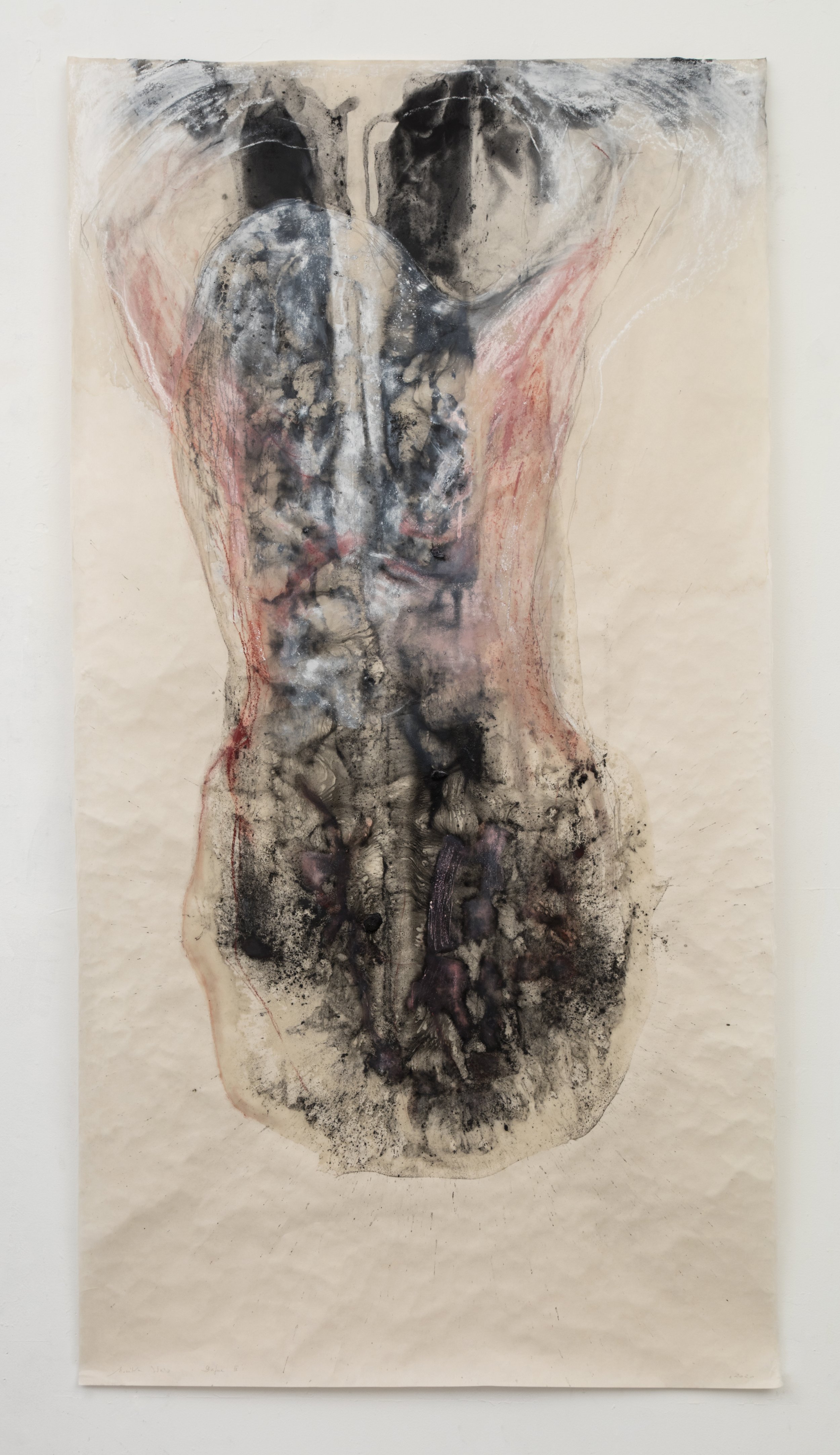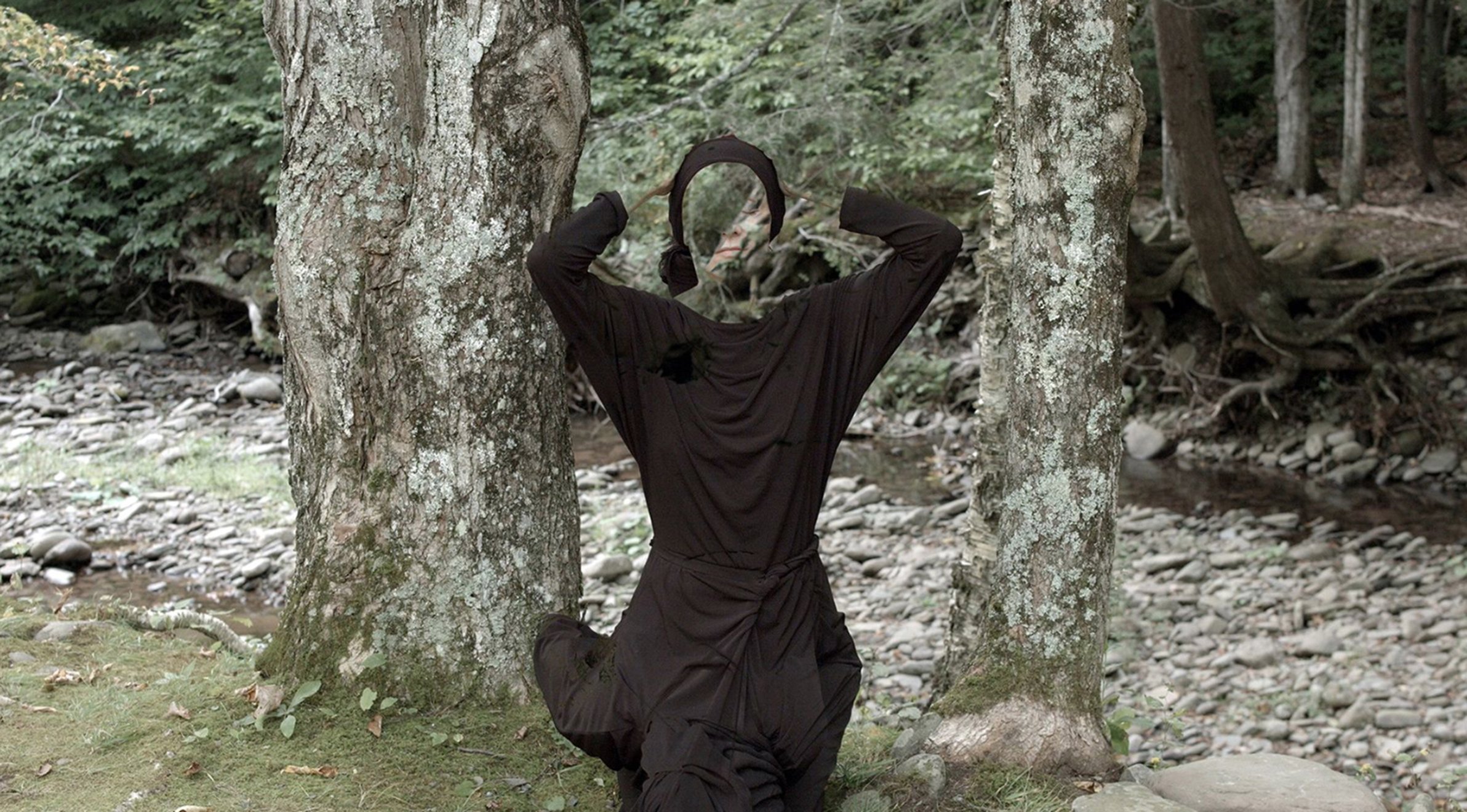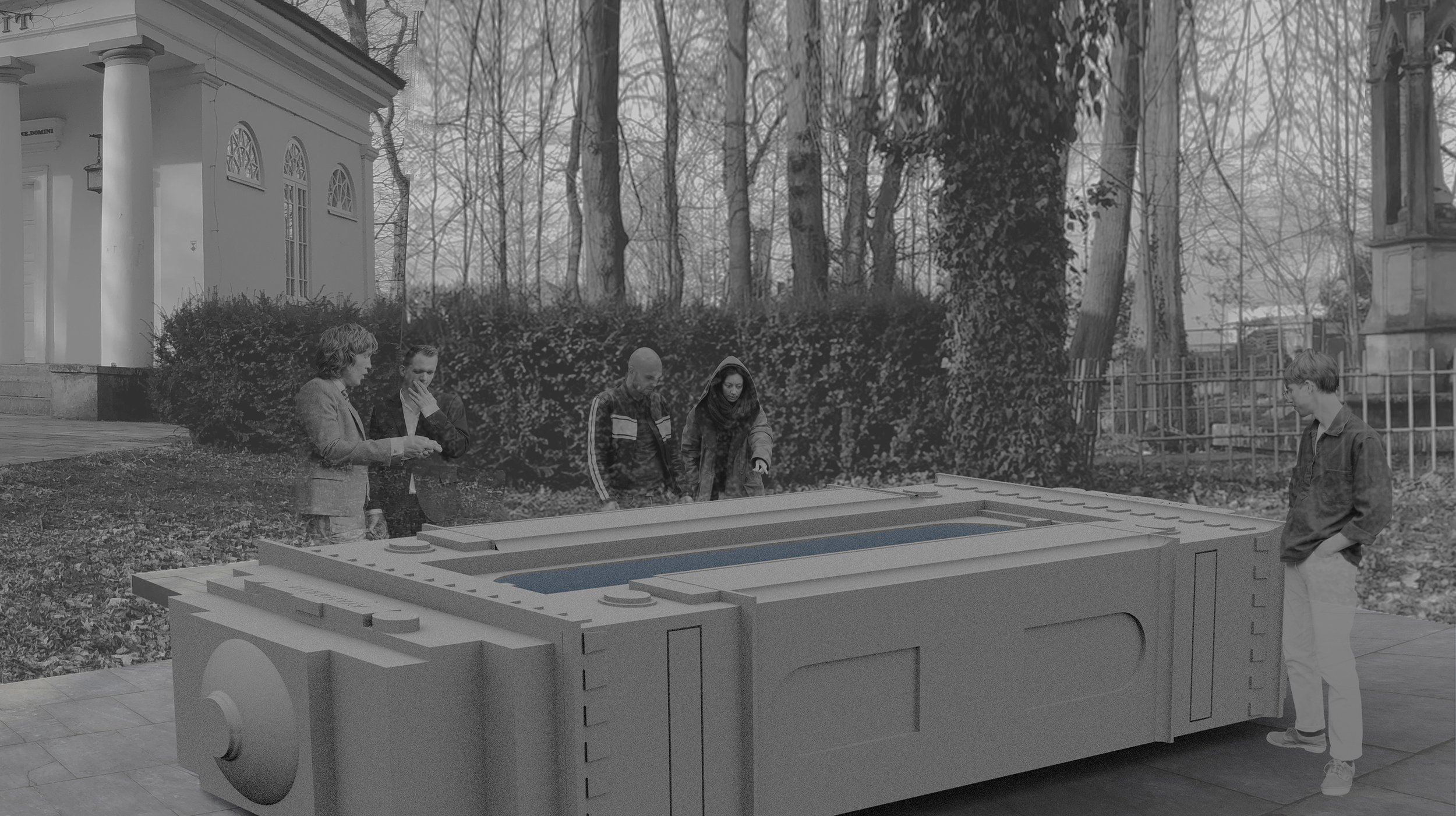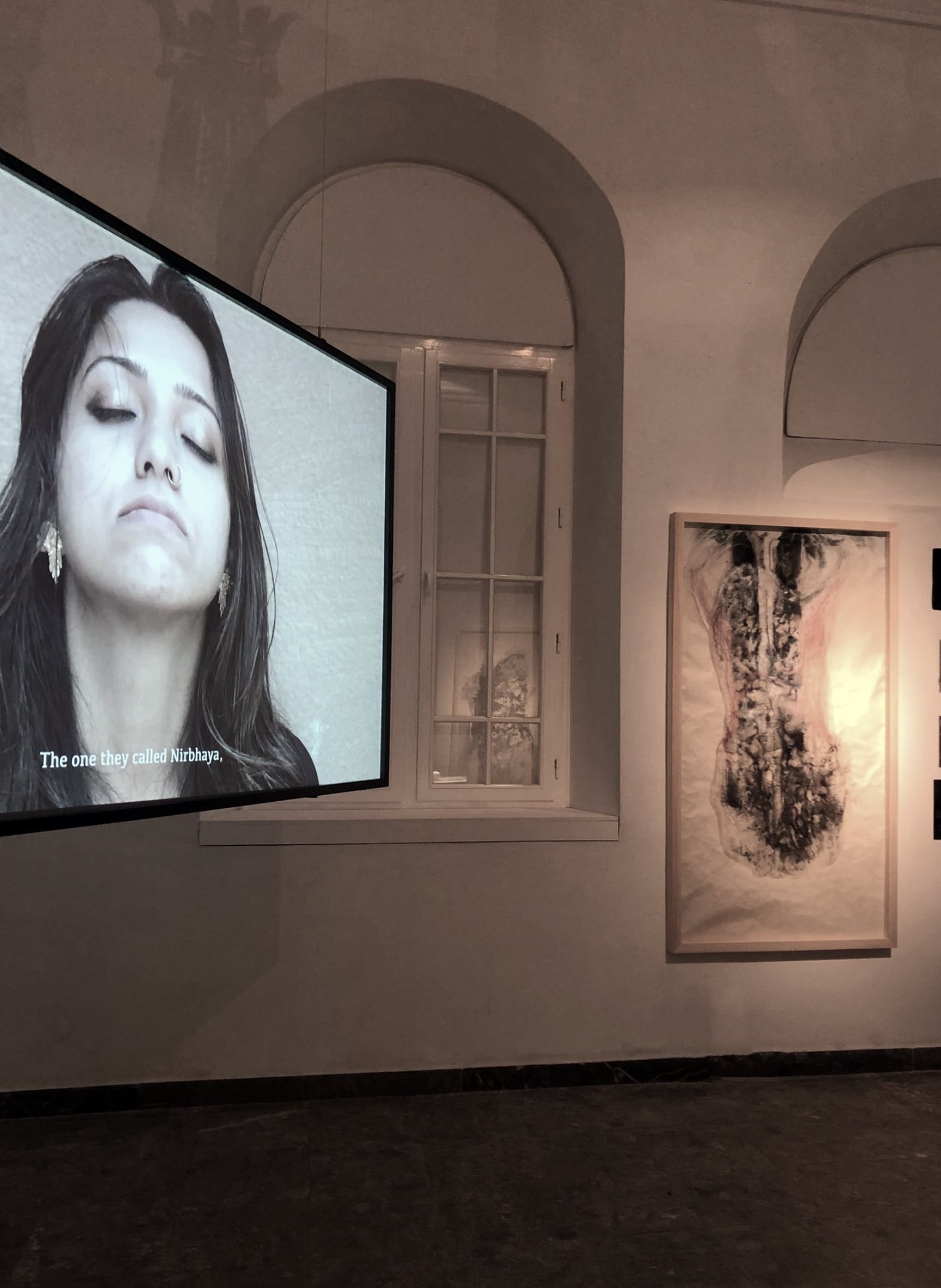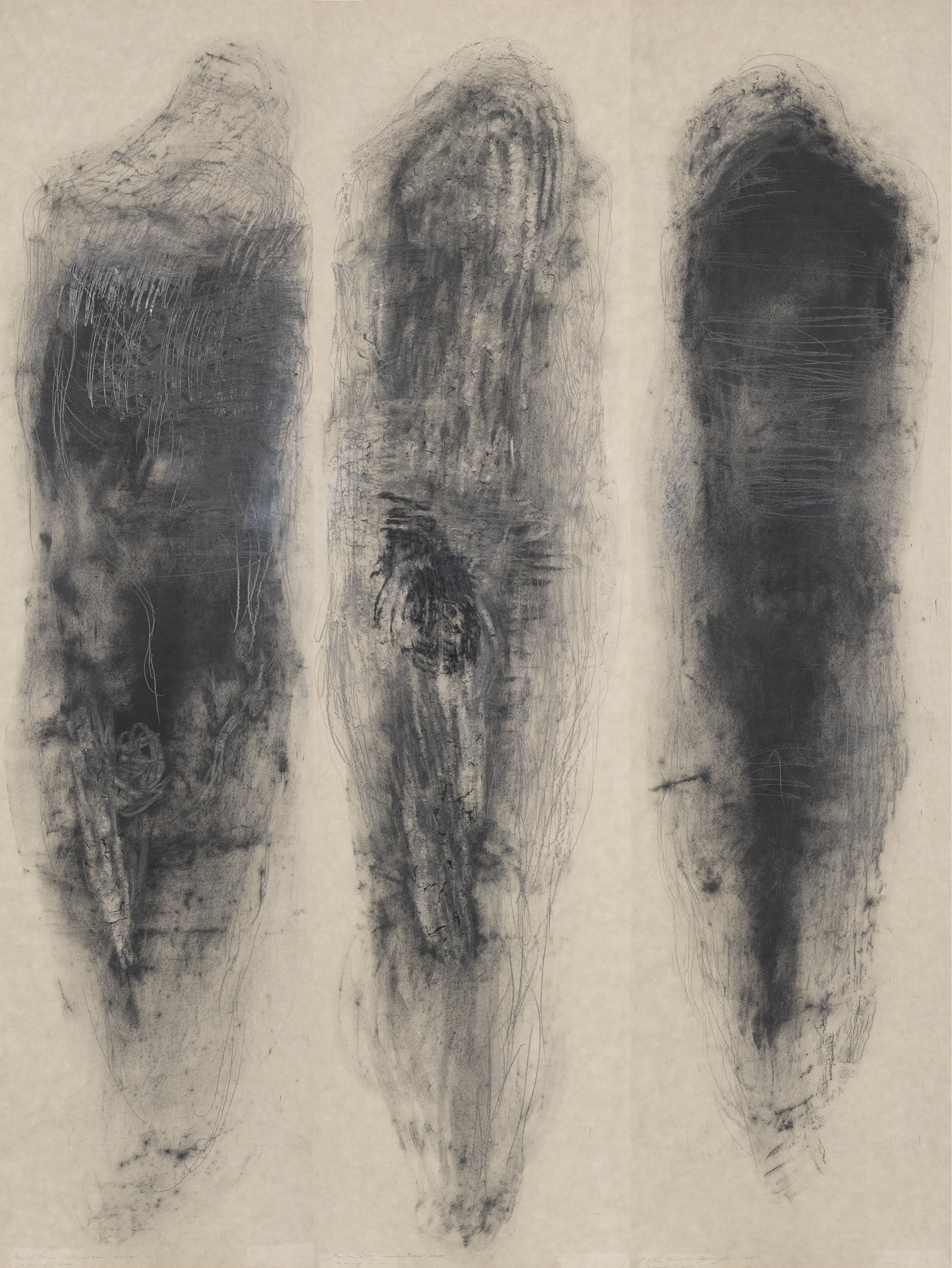Elżbieta Lubomirska
Monika Weiss - Nirbhaya
by Elżbieta Lubomirska
in Subiektywne Rozmowy o Sztuce
Review of the exhibition Monika Weiss-Nirbhaya at Centre for Polish Sculpture in Orońsko, 2021
In the Chapel Gallery in the Orońsko Sculpture Park of the Centre of Polish Sculpture, there is currently on view an exhibition by the Polish-American artist, Monika Weiss, dedicated to Nirbhaya. Nirbhaya means fearless. This name was given to an Indian girl who was gang raped in New Delhi in 2012 and did not survive. But the artist is offering her exhibition not only to this girl. She also offers it to millions of women around the world who have ever experienced violence and rape.
But also not only to them. The artist also offers this work to the entire city of Delhi, which has also been raped. In the 19th century, after a failed uprising against the colonizers, it was completely destroyed by the British. Its architecture was demolished, culture and art were destroyed.
In the middle of the room, in a glass case, we see a model of the monument, which will stand in the park in Orońsko. It is a triumphal arch, called India Gate, which was erected by the British. It is a symbol of their domination, also intended to commemorate victorious wars. Here it is placed on the ground, doubled, joined together in a mirror image, creating the form of a sarcophagus, representing a true story about wars, about their unimaginable cruelty, suffering, rapes and unjustified deaths.
Lying down in the park, the sarcophagus created from the Gates of India, will be filled with water, onto which the image of a moving female figure, dressed in a black shroud, will be projected. The monument will be accompanied by a sound that surrounds it, coming from a distance, in a dialogue with the image projected onto the water. This sound installation will be heard for the first time in the Orońsko park on August 7th.
Displayed on the walls, we see three beautiful, large-format drawings from the 12-part series Dafne (for Nirbhaya). They depict the moment of Daphne's transformation into a laurel tree. Only in this way could the terrified nymph avoid the violence and rape by Apollo, whose behavior, strangely enough, our culture, interpreting this myth, calls love. The way Monika Weiss presents this transformation in her works touches all my senses, showing the richness of meanings of this story.
At the beginning, when I look at these drawings, I feel the dramatic metamorphosis of forms within my whole body. I feel the pain of stiffening skin, the transformation of a soft, flexible and warm structure of the flesh into a hard, rigid wood tissue. But in a moment, these two different beings, two forms so different from each other - the human body and the tree, become one beautiful existence. They gently penetrate each other, showing the richness of forms and structures coexisting harmoniously. Then comes the feeling of tender care with which the nature, the tree, takes the body of a woman and with its hardness surrounds her and protects her from violence and suffering.
Looking at the trees in the Orońsko park now, I feel that each of them can be a transformed woman, escaping from rape and violence. Again, human being and nature became one, but on a completely different level of meaning. Maybe from now on I will always look at trees in this way…
In the middle of the room, opposite the entrance, there is a large projection screen on which I see images of a dreamlike female figure dressed in a black shroud. Sometimes she holds a red ribbon in her hands, symbolizing the inner body space of Nirbhaya - this is the way one of her executioners described seeing her intestines, as the “the ribbon”. In other parts of the film, another female figure dressed in black, sitting against the background of a forest, between trees, moves slowly, gently, her image merges with the image of the surrounding nature.
It is a video projection, which is part of the exhibition and consists of several short films (Two Laments (19 Cantos), 2015-2020). Another story told by the artist about Daphne and Nirbhaya and about millions of women in the history of our world who have experienced violence, rape, suffering, pain and death. The projection is accompanied by striking, beautiful female singing. It's a lament, an old vocal form practiced by women all over the world in the farewell ritual.
Lament does not use words - because there are no words to express despair in the face of death. It allows the overwhelming pain and suffering to exist and thus, thanks to it, to go away. It is also giving a voice to those who can no longer speak and also to those who have never been heard. It gives meaning to their lives, pays homage to them, and is a powerful farewell to them.
Monika Weiss’ exhibition will remain open until July 11. My words do not fully convey the wealth of feelings and sensations that this exhibition evoked in me. What you have heard from me is also just my story of meeting the artist's works. I encourage you to see this exhibition in person and to build a story based on your own experiences and your own thoughts.
Elżbieta Lubomirska, Warsaw, 2021
